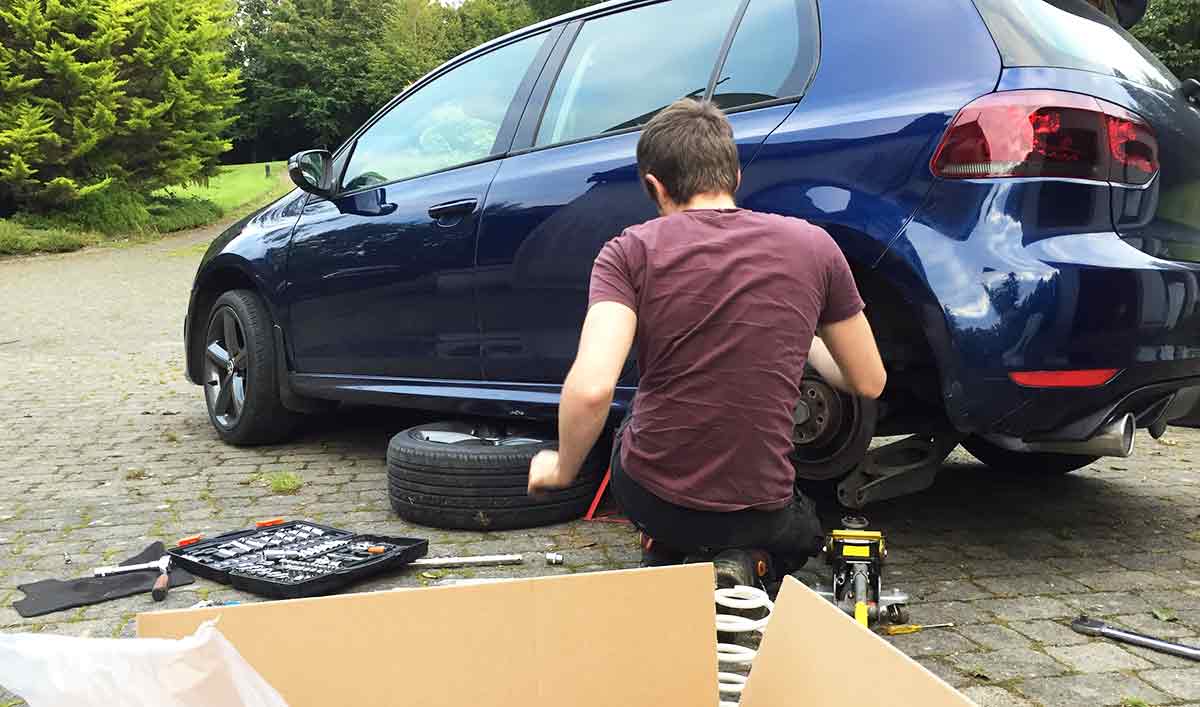 Reading Time: 2 minutes
Reading Time: 2 minutesThe boy has bought a suspension lowering kit. Its instructions are a link to a YouTube video. That’s cool, and also a little impractical when your hands are full and covered in grease?
How does this relate to user experience (UX)? Well, the suppliers thought of their inexpert persona needing orienting to the task and instructions. They only overlooked the scenario in which reference to those instructions might be vital: while working on the task.
Video is good, no?
The multi-modal video is a great idea. However, not everyone is a mechanically experienced genius, or capable of memorising every step in an audio-visual presentation lasting several minutes. Moreover, not everyone wants to touch their phone with greasy hands. Certainly not the Boy – it’s his pride and joy second only to the car.
I often advise a multi-channel approach to practical instructions. One strategy is based on the old eDIT (pronounced eedit – daringly close to the Irish pronunciation of eejit) principles of:
- Explain
- Demonstrate
- Imitate
- Try/Teach
eDIT is based on learning theory and although simplified, should not be ignored. The video covers the Explain and Demonstrate, and to some extent Imitate. However Imitate and Try are unguided when viewing or listening to the video is likely made difficult by the task.
Solution?
I would advise issuing a printed set of illustrated Steps (coordinated with the video) to benefit the scenario and the performance support of the task.
He’s still out there. Let’s give him a call and find out how he’s doing? 😀
Unfortunate Update
Two days later and we learn the video edits out two vital stages where specialist tools or techniques are required and making the process appear less technical than it is.
On calling the suppliers, they also know of a “common issue” when owners order the wrong diameter parts due to an error in the Parts Catalogue when referencing registration numbers against the wrong component measurements. The parts don’t fit – they’ll willingly swap them for a lesser-featured set.
Listening to the cussing outside my office window, there is a small group of socially distanced car enthusiasts now determined to source their own components from the US!
All this could be sorted out with some less greedy customer experience design: build trust and reputation and encourage follow-up purchases. It’s perhaps little wonder the video’s comments have been turned off.
Oh, well. It keeps the lad off his games.
